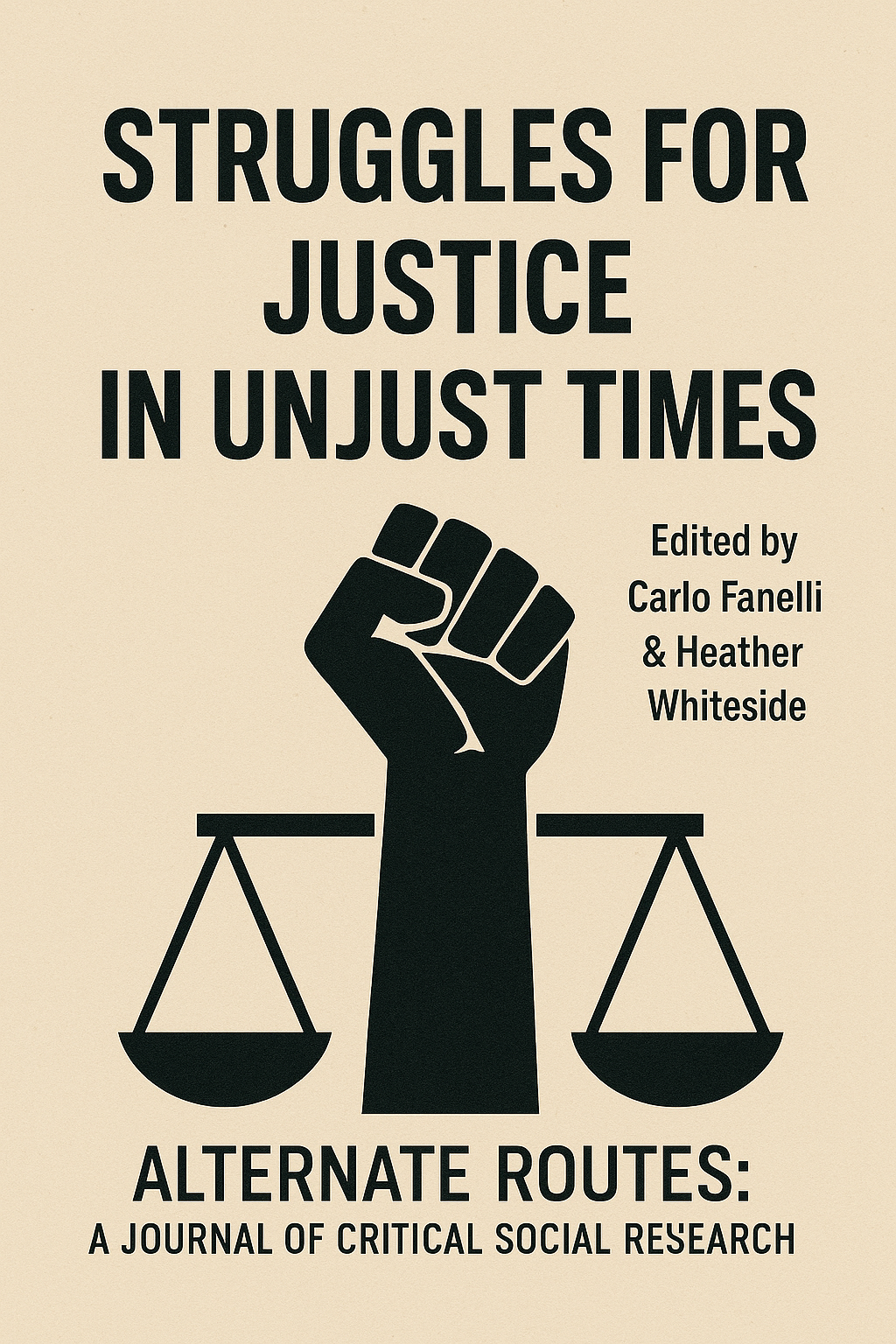High Inflation and Labour Militancy in Historical Perspective
Abstract
This article argues that one of the key aspects of the post-COVID economy, inflation, deserves more attention than it has received, and particularly more analysis from a historical perspective. It examines each of the periods of high inflation – during and after World War I, after World War II, the 1970s, and the post-COVID economy – and shows a clear correlation between inflation and increased worker militancy. It also explains the causes of this correlation, beginning with the most evident: inflation weakens the buying power of workers’ wages. But deeper analysis reveals five more important factors that recur in every period of high inflation: expectations of the working class tend to rise; workers are forced to make serious sacrifices just before inflation rises; governments tend to be highly active in the economy, making the impact of inflation highly politicized; inflation coincides with political and ideological instability, and elite failures to show they are in control; eventually elites take a “zero sum” approach to policy and impose solutions that inflict more pain on workers. Regarding outcomes from resistance, another pattern emerges in every period of high inflation: while worker mobilization can help to win many strikes, there are limits to the broad based gains that militancy alone can make, especially in the face of the power of capital and the state.
Downloads
Published
How to Cite
Issue
Section
License
Copyright (c) 2025 Alternate Routes: A Journal of Critical Social Research

This work is licensed under a Creative Commons Attribution-NonCommercial-NoDerivatives 4.0 International License.
Articles are published in Alternate Routes: A Journal of Critical Social Research under the Creative Commons "Attribution/Non-Commercial/No Derivative Works" Canada licence.
The copyright for the articles published in this journal is retained by the authors, with first publication rights granted to the journal. By virtue of their appearance in this open access journal, articles may be used, with proper attribution, in educational and other non-commercial, not-for-profit settings. The submission of a manuscript to Alternate Routes will be taken to mean that the author understands and agrees to the following:
- the manuscript represents original work not previously published;
- the manuscript is not being considered elsewhere for publication in the same language (publication elsewhere in an alternate language does not preclude acceptance of submission to Alternate Routes);
- appropriate written copyright permissions have been secured for republication of any copyrighted material contained in the manuscript;
- copyright for this article is retained by the author, with first publication rights granted to Alternate Routes;
- by virtue of its appearance in this open access journal, it is understood that the article is freely available for use, with proper attribution, for educational and other non-commercial purposes;
- reuse of the article for commercial purposes by anyone other than the author requires permission of the author;
- the author agrees to cite Alternate Routes as a source whenever h/she later republishes or reuses the article in other platforms.


